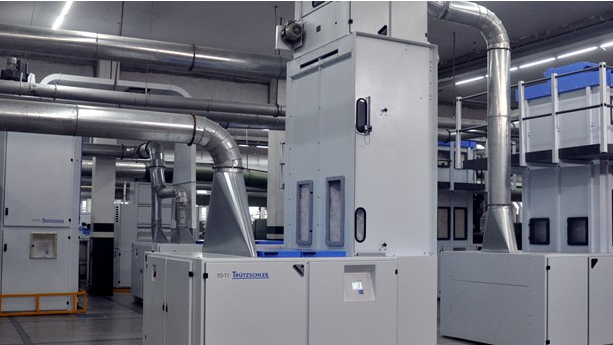Electrospun Nanofibre Technology: Stops Bleeding Instantly
Healthcare is expanding at an astonishing pace all over the world. Quality medical assistance is one of the top priorities. While the expertise of the medical practitioner’s skill is vital to ensure quality treatment, it is also the use of medical technology and advancements that reap favourable results. Over the years, with rise in demand for developments like anti-bacterial bandages, scaffolds for tissue culture and prosthesis for implants, medical textile has taken a new meaning. Medical textile’s application in wound healing and infection control is appreciated for assisting rapid recovery.
Professionals in life-threatening work like fire fighters, military and police personnel benefit from advancements in medical textile. Hospital emergency rooms witness several critical cases every hour where medical textile can save a patient’s life.
One of the recent breakthroughs in medical textile is nano bleed-stop technology. Textile applications of nanotechnology are already growing and the recent addition of nano bleed-stop technology will strengthen nanotech medical textile made from electrospun nanofibre technology.
Application in textile
Electrospun nanofibre technology has revolutionised the medical industry. However, nanofibre net is delicate and cannot be used on its own, so conventional dressings are coated with electrospun nanofibre to harvest their full potential. Electrospun nanofibre dressing enhances moisture management and offers unmatchable barrier properties, besides assisting control of fluid drainage.
A polymer solution is electrospun into very fine fibres, which are then collected on a grounded electrode. The basic electrospinning unit contains a needle nozzle, a high voltage power supply, a container for spinning fluid and an electrode collector. Electrospun nanofibre technology is also widely used in tissue engineering to repair, maintain, replace or enhance function of a particular organ. Electrospun nanofiber mats are used for burn wounds, as they exhibit good cellular compatibility and support cell attachment and proliferation.
While electrospun nanofibre technology is applicable for regular medical care, recent developments promise to further smoothen post-operative patient care.
China’s breakthrough
Qiingdao University in China has developed electrospun medical glue hemostasis technology in agreement with the reconstruction of organ integrity theory. They have designed an electrostatic spinning device which has been used in an experiment to stop blood flow during surgical removal of animal liver. The device electrospun medical adhesive into nanofibre and accurately placed it on the wound via an air guide. The device is expected to be safe, reduce surgery time and also medical care cost.
However, there are inherent problems associated with this technology. The glue, applied to larger wounds, may make the hemostatic membrane irregular and cause its rupture, leading to excessive post-operative bleeding.
We buy and sell textile machinery

Leave a Reply
You must be logged in to post a comment.